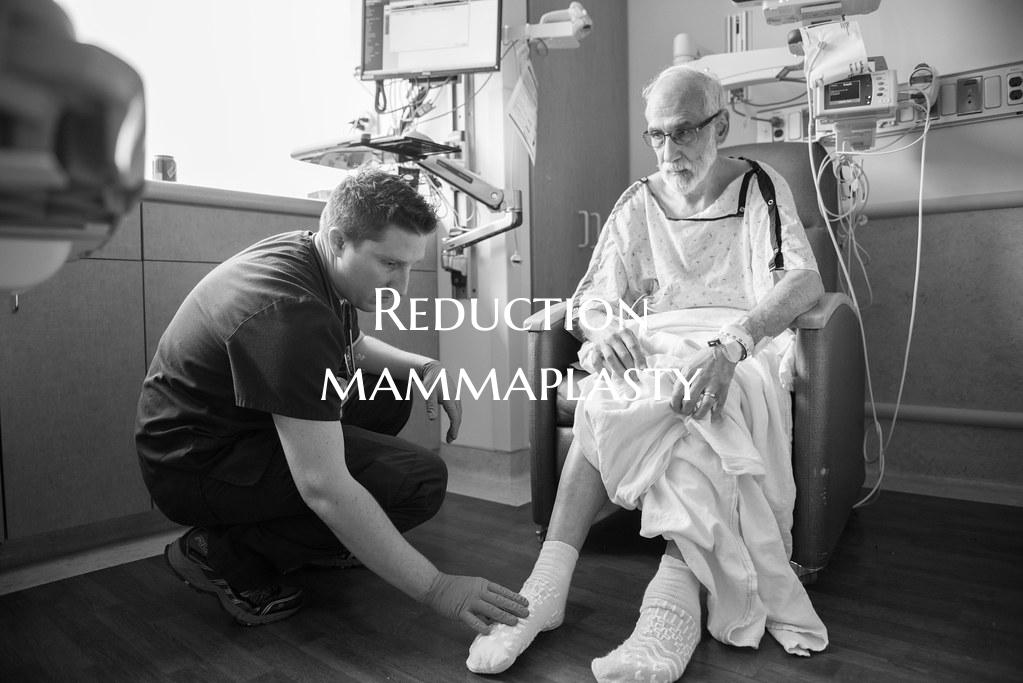
Reduction mammaplasty
Reduction mammaplasty, commonly referred to as breast reduction surgery, is a surgical procedure designed to reduce the size, weight, and volume of the breasts. This cosmetic surgery aims to relieve physical discomfort and improve the overall appearance of the breasts. While many individuals may opt for breast augmentation to enhance their bust size, others seek reduction mammaplasty to address issues such as back pain, neck pain, skin irritation, and difficulty finding properly fitting clothing.
### What is Reduction Mammaplasty?
Reduction mammaplasty involves the removal of excess breast tissue, skin, and fat to achieve a more proportionate and manageable breast size. During the procedure, the surgeon will carefully reshape the breasts, reposition the nipples, and ensure symmetry between both breasts. The goal is to create natural-looking results while addressing the patient's specific concerns and goals.
### Who is a Candidate for Reduction Mammaplasty?
Candidates for reduction mammaplasty typically experience one or more of the following issues:
1. Physical Discomfort: Chronic back, neck, and shoulder pain caused by the weight of the breasts. 2. Skin Irritation: Rashes, chafing, or irritation beneath the breasts due to skin-to-skin contact and moisture buildup.
3. Difficulty in Physical Activities: Limited mobility or discomfort during exercise and other physical activities.
4. Psychological Distress: Negative self-image, self-consciousness, or emotional discomfort related to the size and appearance of the breasts.
### The Reduction Mammaplasty Procedure
Before undergoing reduction mammaplasty, patients will have a consultation with a board-certified plastic surgeon to discuss their goals, medical history, and expectations. The surgeon will explain the procedure, potential risks, recovery process, and expected outcomes.
During the surgery, the patient will be under general anesthesia. The surgeon will make incisions, remove excess breast tissue, fat, and skin, reshape the breasts, reposition the nipples if necessary, and close the incisions with sutures. The entire procedure can take several hours, depending on the complexity of the case.
### Recovery and Results
After reduction mammaplasty, patients can expect some swelling, bruising, and discomfort, which can be managed with prescribed medications. It is essential to follow post-operative care instructions provided by the surgeon to promote proper healing and achieve optimal results.
Over time, the swelling will subside, and the final results of reduction mammaplasty will become more apparent. Patients can enjoy a more balanced breast size, improved body proportions, and relief from physical discomfort.
### Conclusion
Reduction mammaplasty is a transformative surgery that can significantly improve both physical well-being and self-confidence. By addressing the issues associated with overly large breasts, patients can experience a better quality of life and enhanced body image. If you are considering reduction mammaplasty, consult with a qualified plastic surgeon to explore your options and make an informed decision about achieving the breast size and shape that best suits your needs.